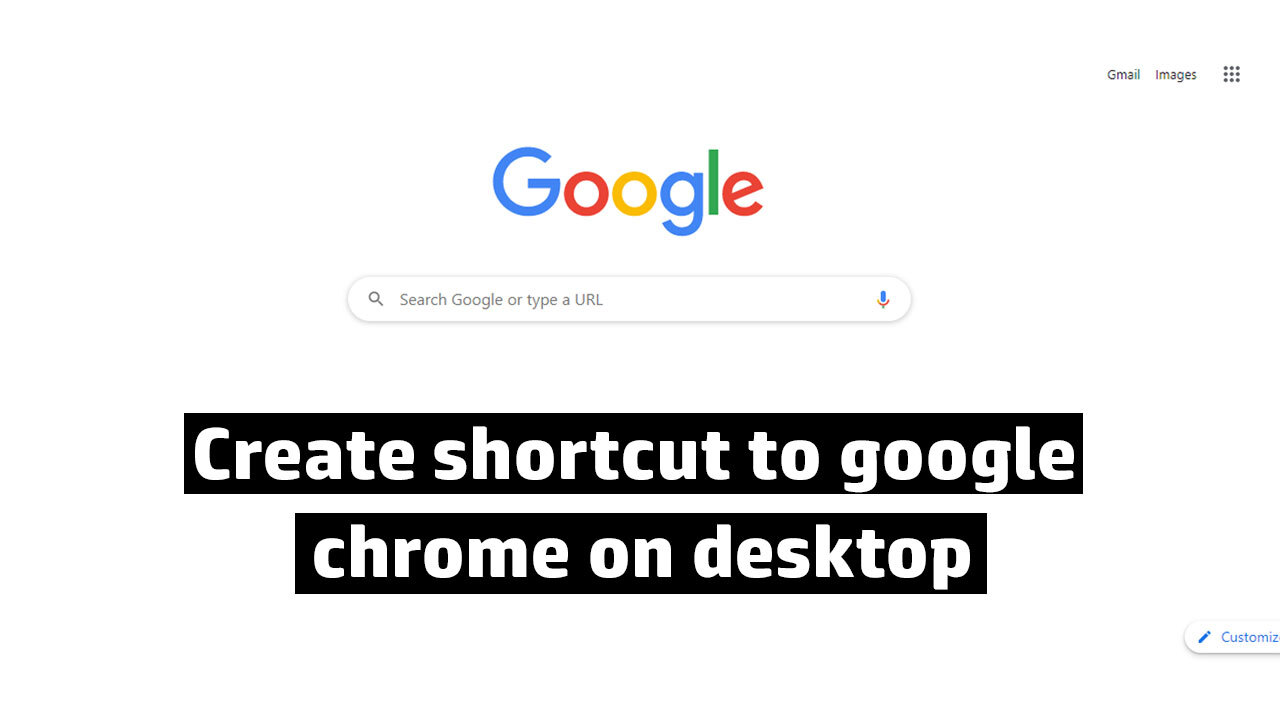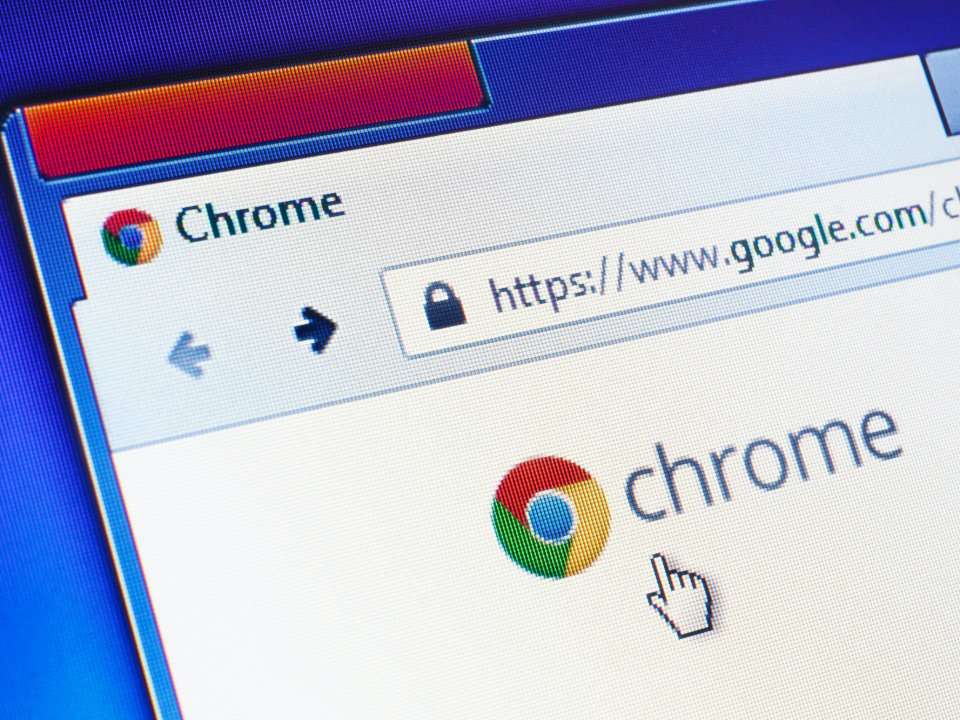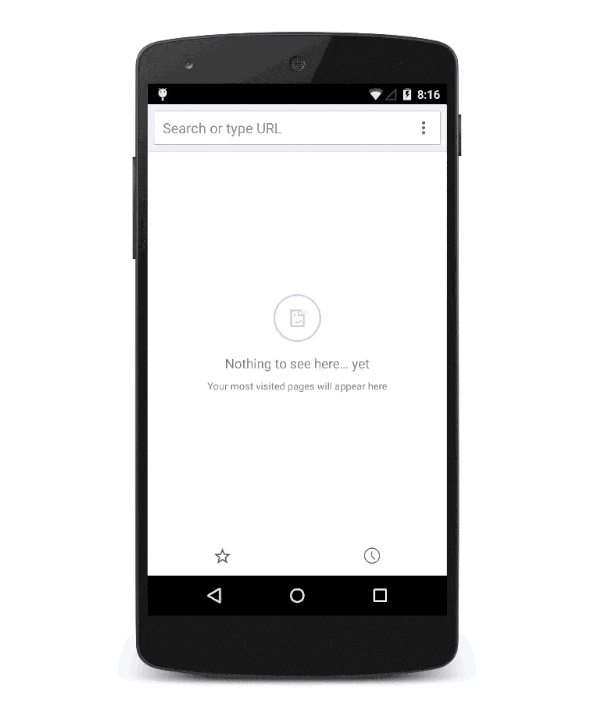
- CHROME ADD APP SHORTCUT FOR GOOGLE APPS INSTALL
- CHROME ADD APP SHORTCUT FOR GOOGLE APPS FULL
- CHROME ADD APP SHORTCUT FOR GOOGLE APPS REGISTRATION
(xdg-icon-resource:535): GLib-GIO-DEBUG: 09:45:38.873: _g_io_module_get_default: Found default implementation local (GLocalVfs) for ?gio-vfs? (xdg-icon-resource:533): GLib-GIO-DEBUG: 09:45:38.842: _g_io_module_get_default: Found default implementation local (GLocalVfs) for ?gio-vfs? (xdg-icon-resource:531): GLib-GIO-DEBUG: 09:45:38.815: _g_io_module_get_default: Found default implementation local (GLocalVfs) for ?gio-vfs?

(xdg-icon-resource:529): GLib-GIO-DEBUG: 09:45:38.792: _g_io_module_get_default: Found default implementation local (GLocalVfs) for ?gio-vfs? ** (xdg-desktop-menu:527): WARNING **: 09:45:38.771: Failed to uninstall file: Desktop file .sktop does not exist (xdg-desktop-menu:527): GLib-GIO-DEBUG: 09:45:38.769: _g_io_module_get_default: Found default implementation local (GLocalVfs) for ?gio-vfs?

If the user selects Cancel, the state of the app goes back to how it was before the button was clicked.Sure, here is the output after trying to create the shortcut for Google Photos: When you open the app, it will appear in its own window:
CHROME ADD APP SHORTCUT FOR GOOGLE APPS INSTALL
If the user selects Install, the app is installed (available as standalone desktop app), and the Install button no longer shows (the onbeforeinstallprompt event no longer fires if the app is already installed). So when the button is clicked, the install prompt appears.
Set deferredPrompt to null since it is no longer needed. Respond to the user's interaction with the prompt using the userChoice property, again available on the beforeinstallprompt event object. Use the prompt() method available on the beforeinstallprompt event object (stored in deferredPrompt) to trigger showing the install prompt. Hide the button again with display: none - it is no longer needed once the app is installed. The click handler contains the following steps: Set the button to display: block so it appears in the UI for the user to click. Store the event object in the deferredPrompt variable so it can be used later on to perform the actual installation. Call Event.preventDefault() to stop Chrome 67 and earlier from calling the install prompt automatically (this behavior changed in Chrome 68). addEventListener ( 'beforeinstallprompt', ( e ) => ) The manifest for our sample app looks like this: Also, be aware that Chrome requires this before it will display the install banner, whereas Firefox doesn't require it for showing the home-with-a-plus icon. Note that this has to be a relative URL pointing to the site index, relative to the URL of the manifest. start_url: Provides a path to the asset that should be loaded when the added-to-Home screen app is launched. You are advised to provide both if your app's name is particularly long. 

CHROME ADD APP SHORTCUT FOR GOOGLE APPS FULL
name provides the full app name, and short_name provides a shortened name to be used when there is insufficient space to display the full name.
name/ short_name: These fields provide an app name to be displayed when representing the app in different places. icons: Specifies icons for the browser to use when representing the app in different places (such as on the task switcher, or more important, the Home screen). To make it feel like a distinct app (and not just a web page), you should choose a value such as fullscreen (no UI is shown at all) or standalone (very similar, but system-level UI elements such as the status bar might be visible). display: Specifies how the app should be displayed. The most relevant one to A2HS is the splash screen displayed when the app icon on the Home screen is tapped and it first starts to load (this currently appears only when apps have been added to the Home screen by Chrome). background_color: Specifies a background color to be used in some app contexts. The fields needed for A2HS are as follows: CHROME ADD APP SHORTCUT FOR GOOGLE APPS REGISTRATION
webmanifest extension is specified in the Media type registration section of the specification, but generally browsers will support manifests with other appropriate extensions, e.g.json.







 0 kommentar(er)
0 kommentar(er)
